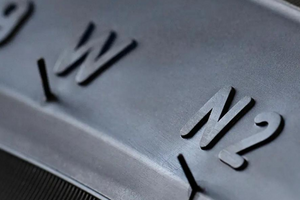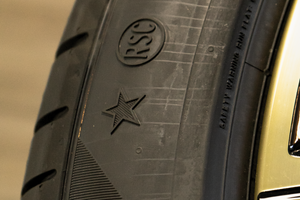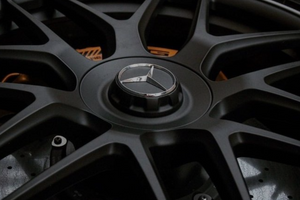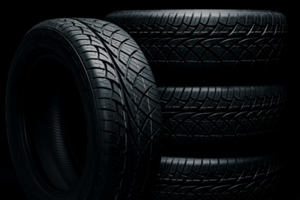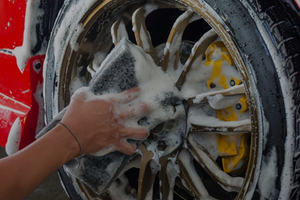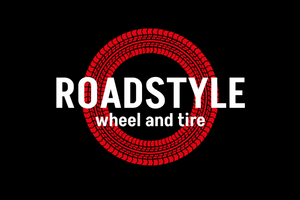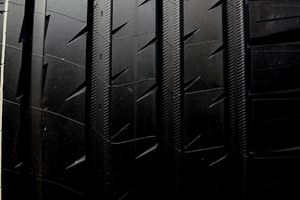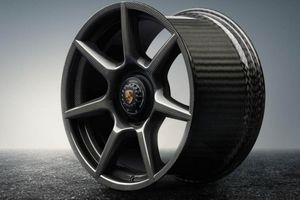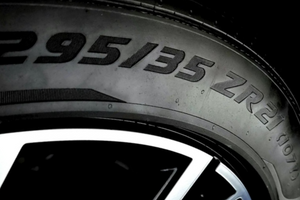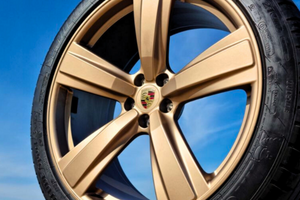Wear resistance is one of the most complex characteristics with a fairly simple calculation. You need to run several cars with the right tires on the track until the rubber wears out, that's all.
All manufacturers are well aware of this indicator, but many factors affect tire wear - driving style, pressure, road surface quality, etc.
There will always be customers who will write - the tires wore out before the specified mileage, the company is deceiving 🫤
But they found a way out in America. A method of evaluations using relative numbers was created.
Now let's explain everything 😌
Two identical cars drive along a special route in Texas - the first with the tested rubber, the second with the reference tire. The driving rhythm is always the same, the air pressure in the tires and the angles of the wheels are constantly monitored.
Tread depth measurements are constantly taken during the test.
As soon as the cars have driven 10,300 km or 6,400 miles, the test ends.
Based on the received data, the full resource of the tested tire is calculated.
The reference resource is taken as 100 units, and our model as more or less than this value, depending on the received data - by subtracting or adding a proportional number of points.
Such an indicator was called TREADWEAR — and if it is always 100 in the standard, then in the tested model it can be at least 60 and at most 620.
Tire designers consider this method unfair due to subjective errors, but there is no other generally accepted method.
World-renowned tire manufacturers use this indicator to maintain their image, especially since it allows you to conveniently and quickly compare different tires with each other.
We will be waiting for you at Kurenivskyi lane 2/8 🚩
We will select the perfect set for you 😉

















